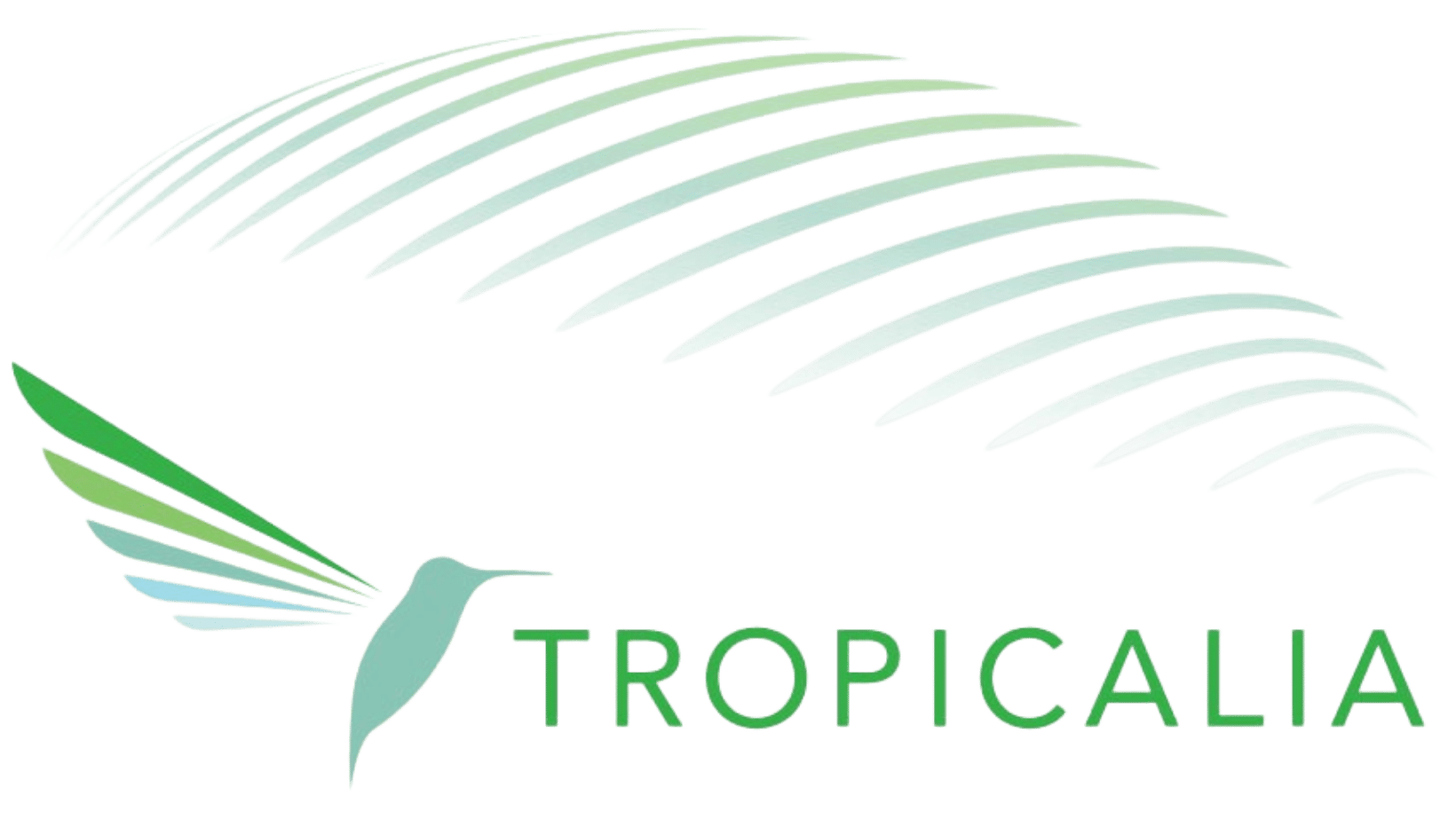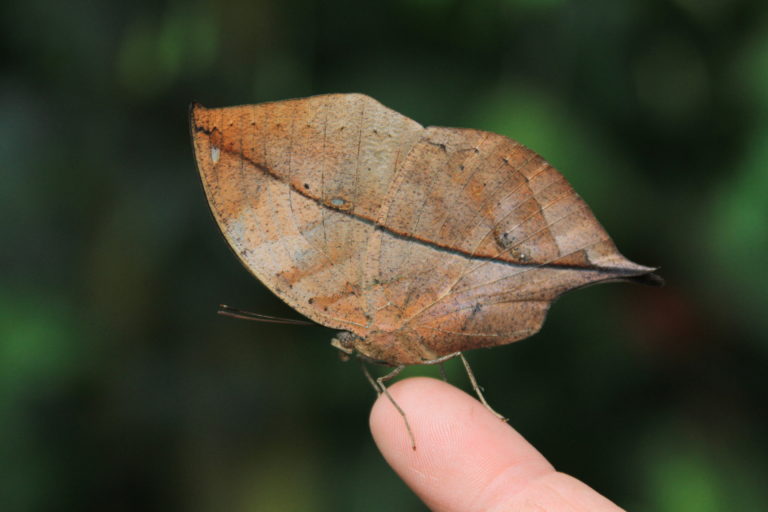This website uses cookies so that we can provide you with the best user experience possible. Cookie information is stored in your browser and performs functions such as recognising you when you return to our website and helping our team to understand which sections of the website you find most interesting and useful.
Sustainability
Our vision of sustainability is holistic meaning that it is not just about our region or country, but it includes the planet as a whole. Polluting locally will have consequences globally, it is just a matter of time. Tropicalia has also pledged to be sustainable from the concept and building but also during its operation and future projects.
We pledge to achieve carbon neutrality through targeted actions with a positive and sustainable impact.
What is our sustainability strategy?
Operating a site meant for tourism purposes has a negative residual impact on different levels (CO2 emissions, waste production…). First, we will adapt our technical specification according to products and materials in order to reduce our impact to a minimum. Secondly, we will only work with partners and suppliers who share our goal of a positive sustainable impact.
We would like to integrate our initiative to the 17 sustainable development goals of the Agenda 2030.
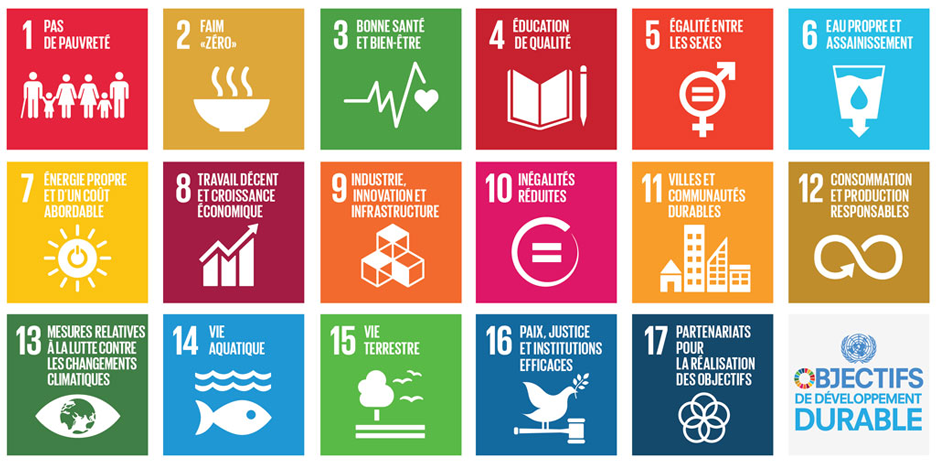
crédit: UNESCO
Conservation and Biodiversity
Establishing Tropicalia in the JDZ of Champ Gretz will allow the creation of several protected areas for local species of birds and insects (avifauna, entomofauna) thanks to the trees, hedges and thickets. Tropicalia aims to work with local associations in order to promote and protect the fauna of the Opal Coast by participating in project financing. Breeding French lepidoptera (butterflies) and creating a care centre for the local wild fauna are among the project’s future objectives.
The lack of chemical fertilisers and pesticides will attract local fauna and flora.
Tropicalia aims to act at a local level to protect nature and biodiversity by:
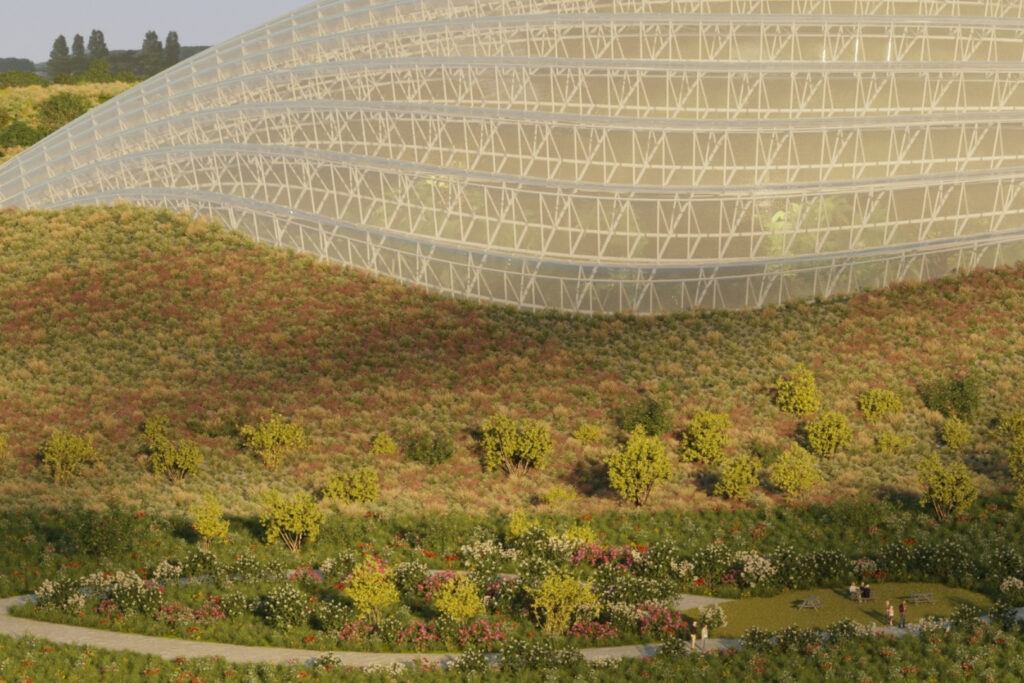
- Participating in and promoting projects of conservation and awareness through Tropicalia’s future foundation; Becoming a centre for protection and breeding for endangered species, and to return them to their natural habitat;
- Financing research programmes;
- Developing strategic partnerships with local and regional players;
- Offering visitors the opportunity to help in growing the number of pollinators (butterfly, solitary bees…).
Butterflies come from different breeding farms across the world. These farms not only participate in the local economy but also contribute to the safekeeping of equatorial forests by preventing deforestation. Indeed, by working in breeding farms raising caterpillars, farmers are no longer working in intensive farming and burning the forest to farm on cleared land.
They now protect the forest, the source of a decent and sustainable income for their families thanks to projects like Tropicalia. The breeding of these butterflies generates more income than intensive agriculture while avoiding the use of pesticides. By buying these at the chrysalis stage, Tropicalia directly participates in the conservation of equatorial forests.
Energy
From the beginning of the project, using fossil fuels to heat the greenhouse was not an option.
Tropicalia’s teams have managed to conceive a self-sufficient greenhouse that even produces a heat surplus for 7 months a year.
This breakthrough was achieved through combining the Terraotherm process with the architecture of the dome.
With our common aim to be as sustainable as possible, all water from the rooftops will be used to water the plants and renew the water from the ponds. Moreover, street lamps on the parking lot will be photovoltaic with shortened lighting range. Solar canopies will also be used to charge electrical car charging stations.

Project engineers have run through several thermodynamic simulations to study how the greenhouse reacts to the Opal Coast climate. For seven months, Tropicalia will be self-sufficient in terms of heating thanks to Terraotherm, an innovative heating recycling system turning hot air into hot water.
From November to March, energy requirements will be of approximately 900MWh and will be obtained from geothermal energy.
From April to October, the surplus of energy which will amount to about 2000 MWh, will be used to supply hot water to our neighbours, reducing their fossil fuel consumption by around 200.000 litres of fuel each year.
To sum up, Tropicalia will be an energy-plus building and therefore produce energy!
Tropicalia wishes to promote its breakthrough technology to other buildings worldwide (such as horticultural greenhouses, buildings, urban centres) and therefore reduce greenhouse gas emissions.
All the more reason to consider Tropicalia as a green investment for the future.
Water consumption
Considering the size of the project, Tropicalia’s water needs are quite low, which is why our project did not need an “authorisation” but rather a simple “declaration” to collect water through a borehole. Every year, Tropicalia will need approximately 47.000 m3 of water to :
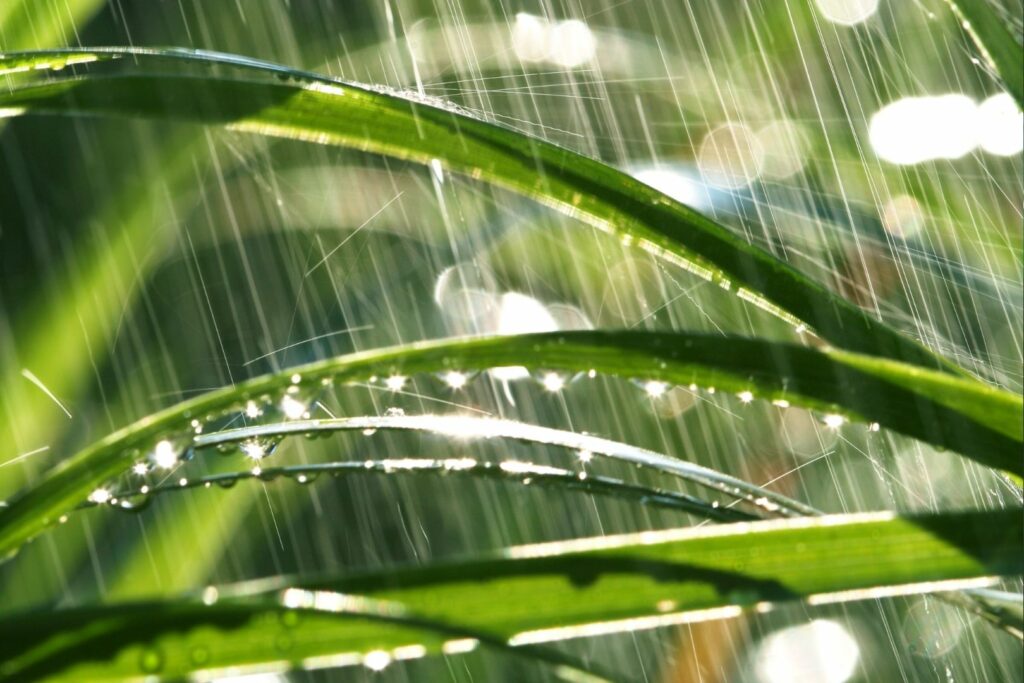
- Water the plants thanks via dome, making it look like rain;
- Water the plants from the ground;
- Renew water in the ponds;
- Fog certain areas;
- Clean the greenhouse.
Rainwater will be harvested thanks to our dome and will supply us with a little less than half of our water needs.
We estimate that our Terraotherm system will allow us to recycle more water. When the energy recovery system is switched on in the greenhouse, the dehumidification process will condense water that will be harvested and used.
